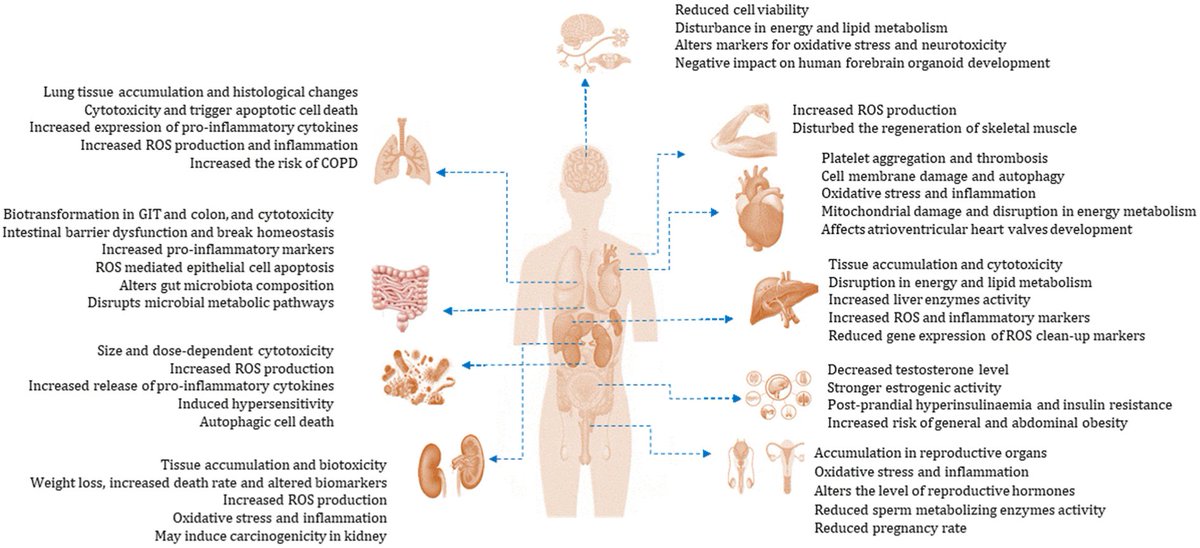From what I’ve read, most people don’t get enough anyway so it is a major health hazard to take it from the water:
https://www.sciencedirect.com/science/article/abs/pii/S001393511830358X
People that use RO have trouble, so they have a way to put it back in. It’s called a remineralizer.
This is a quote from Malcolm Kendrick blog. I have trouble making the blockquote system work here. Hit and miss.
"Most people are probably blissfully unaware they need magnesium. If you don’t have enough, how would you know? The first recognisable symptom may be … suddenly dropping dead.
Israel gives us a stark warning of what happens when magnesium goes missing, with no-one noticing. For many years, most of the water supply in Israel has been provided by desalination. This process does not just get rid of salt (NaCl), it also removes the other salts, and minerals, at the same time.
In normal circumstances people get most of the magnesium they need from drinking water. Which means there was clearly a potential for a major deficiency problem building up in Israel. As most of their water contained nothing but pure H20.
Did anyone notice? As in, did anyone say, ‘golly I feel low in magnesium today, I must go and eat a substance high in magnesium…’ Nope. Did anyone die. Yup, they did. As outlined in the paper ‘Association between exposure to desalinated sea water and ischemic heart disease, diabetes mellitus and colorectal cancer; A population-based study in Israel.’ 1
There were possibly as many as 4,000 deaths a year:
‘An estimated 4,000 Israelis die in an average year due to an inadequate amount of magnesium in their bodies – and the amount they get from natural potable water sources is increasingly declining due to the growing desalination of sea water. The figure is 10-fold the death toll from road accidents.’ 2
The population of Israel is just over nine million. The equivalent death rate in the UK would be 30,000 deaths a year, or 180,000 in the US. A silent killer indeed.
Anyway, yes, magnesium is critical stuff. It is extremely important for health, especially heart health. It is required for the correct functioning of the electrical system in your heart, and a low level increases the risk of atrial fibrillation. Here from the paper ‘Low serum magnesium and the development of atrial fibrillation in the community: the Framingham Heart Study.’
‘…individuals in the lowest quartile of serum magnesium were ~50% more likely to develop AF…compared with those in the upper quartiles.’ 3
Unfortunately, despite its importance, we don’t feel magnesium depleted. We do not crave magnesium rich foods – as if we would have any idea what they might be … I certainly don’t. The symptoms of severe deficiency are also non-specific. The first symptom might be that your heart decides to stop beating.
It’s not just Israel. Here from the paper: ‘Subclinical magnesium deficiency: a principal driver of cardiovascular disease and a public health crisis.’
‘Furthermore, because of chronic diseases, medications, decreases in food crop magnesium contents, and the availability of refined and processed foods, the vast majority of people in modern societies are at risk for magnesium deficiency.’ 4
Have you ever heard of any of this? Did you even know you had magnesium in your body – or that it did anything important? I suspect not. However, from the same paper:
By Malcolm Kindrick:
‘…magnesium deficiency can lead to serious morbidity and mortality and has been implicated in multiple cardiovascular diseases such as hypertension, cardiomyopathy, cardiac arrhythmia, atherosclerosis, dyslipidaemia and diabetes. Unfortunately, the western diet is often low in magnesium due to the refining and processing of foods, and hypomagnesaemia is often underdiagnosed in hospitalised patients.’ 4
My advice, take a supplement. Especially if you live in an area with ‘soft’ water – which generally means not many minerals. Doubly especially if you have atrial fibrillation. It might just go away. How much do you need to take? Around 400mg a day is fine.
